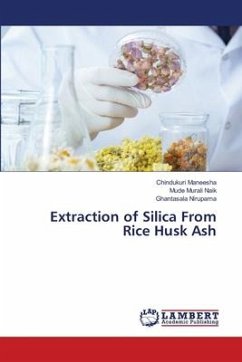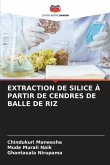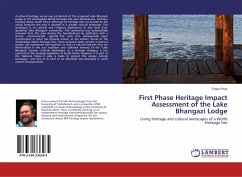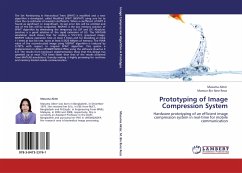Rice husk ash is a good source of silica. Almost 95% silica content is present in the RHA. Silica is used as a raw material for manufacture of glass, rubber etc. Rice husk ash is used for the extraction of silica because RHA is economically viable compared with other sources. In the present study silica is extracted from rice husk ash using sodium hydroxide and conc. HCl as solvents at different temperatures (°c), time (hr), concentration (N) respectively. A maximum yield of 95% was obtained from RHA at temperature 100 °c, time 2hr and concentration 2N by acid treatment. A minimum yield of 41% was obtained from RHA at temperature 100 ºc, time 1hr and concentration 2N. The silica obtained was conducted to qualitative analysis FTIR. The comparison of yield obtained from the extraction by using sodium hydroxide and conc. HCl as solvents is done.








